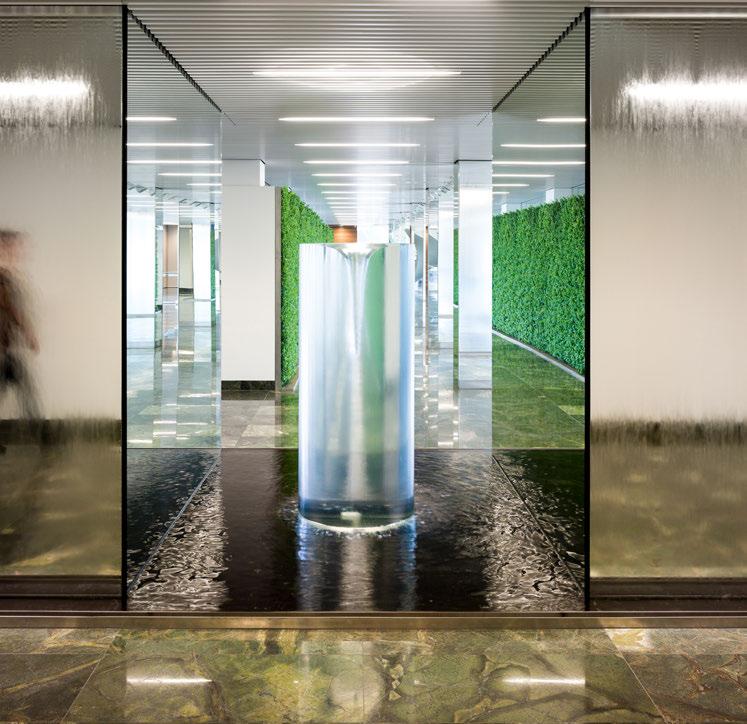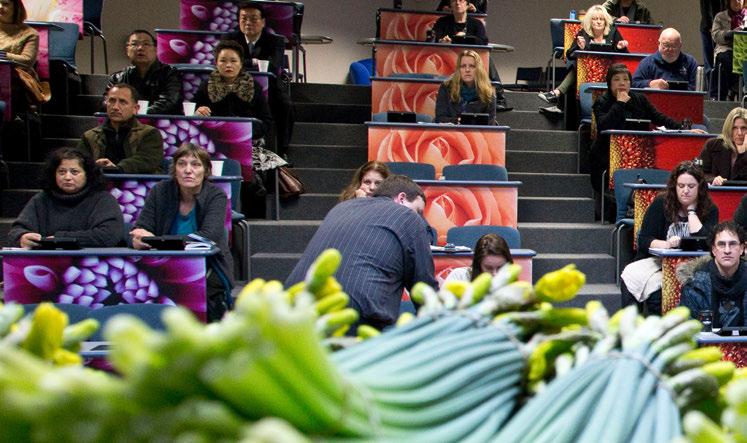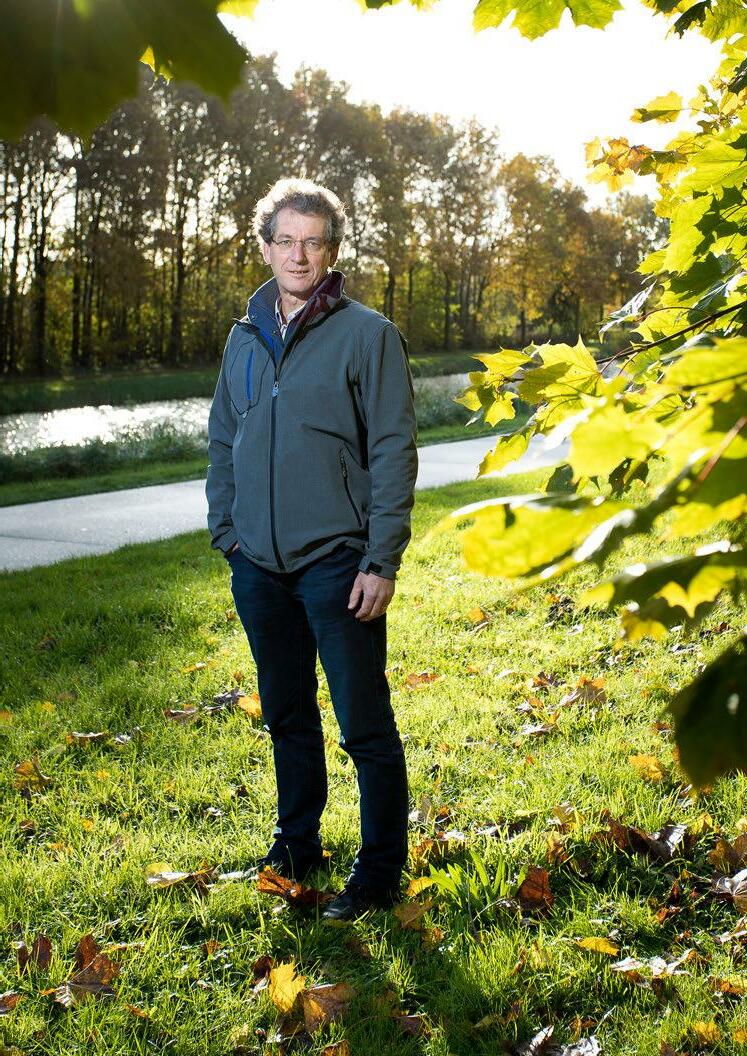
3 minute read
Feature
Better to love nature than end up a patient
Advertisement
Tjisse Brookman is not some obscure environmentalist.
For decades (and until recently) he worked for a Dutch health insurance company as their Relations Manager. “Individually or with partners I looked for added value for our company, our clients, partners and society as a whole. It’s an insurer’s social responsibility to encourage people to go outdoors because it is better for their health and a positive outlook. It’s better to love nature than end up a patient. Being more active and, thus, healthy is good for them as individuals, for society as a whole and for the insurer. Our company wishes to add value to our clients’ policies without being overbearing. In doing so there is a connection between nature and health.” Trees give off phytoncides that stimulate the operation of our immune system. And because nature provides us with fractal patterns, it lulls the brain into a restful state thus creating the capacity for renewed creativity and taking on new challenges. We do not know what nature does exactly or which specific diseases are counteracted by a green environment. But we do know that there are positive effects and some of these are very specific. Take, for instance, the fact that some plants purify the air inside a room and think of the possibilities this creates for hospitals, offices, classrooms and homes. There is already a group of growers adapting their output to this knowledge (see also www.airsopure.nl). I think growers should be aware of the possibilities and work together in order to create green concepts with commercial value. And at the same time do what they can to contribute to the better health and well-being of humanity.”
“A green environment adds to people’s health, vitality and
well-being. So it also leads to lower health costs although it is not easy to quantify that in insurance premiums. It will reduce the chance, for instance, of diabetes or chronic obstructive respiratory disease but also conditions related to stress. As an example, walking in nature has a positive influence on combatting burnout. Why? There are several possible reasons for this phenomenon.

The chances of greening the planet
The horticultural industry has often treated sustainability as a threat because of demands, imposed by society or retailers and governmental rules. But we should not forget the commercial chances that arise from sustainability issues. It appears that in many ways a greener world is a better world. Our industry has the ability to green the world in a profitable way.
In offices with plants productivity is 15% higher than in offices without plants.
Greenery and working
With plants in their offices people have less stress and they can concentrate better.
15%
The hospitalization after an operation decreases by 20% when patients have a view of greenery.
Greenery and health
20%
Cancer patients feel less ill when being treated in a green environment/ chemogarden. Patients use up to 30% less painkillers when they remain in a green environment.
30%
Green furnished nursing homes attract up to three times as many volunteers.
With plants in a classroom pupils learning achievements improve by 20%.
With plants in a classroom pupils have 7% less health complaints.
20% 7%
Integrating school gardens in learning programmes lead to more pupil activities.
Greenery and learning
At green schoolyards there is much less destruction.
SCHOOL
Greenery in the living environment
An average street tree catches the same amount of fine particles caused by a car traveling for 55 kilometers. 2°C
Buildings with green facades and roofs are better insulated, less expensive to be heated and cooled and less stressful for its users. Planting trees, shrubs and perrenials lead to more biodiversity. Facade green, green in front yards and street trees can lower the street teperature up to 2°C.
5°C
4% 15%
The value of houses rises by 4 to 15% when there is greenery in the nearby surroundings.
In urban areas a 10% increase of greenery can diminish the urban heating effect up to 0.6°C. During periods of extreme heat the temperature in parks is up to 5°C lower than in urban centres.
Parks have a cooling impacts on nearby neighbourhoods (measurable to 700 metres).







